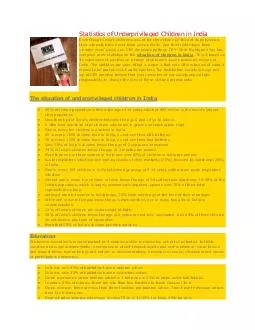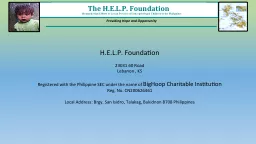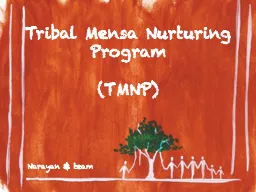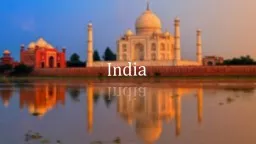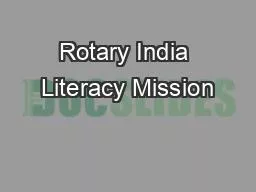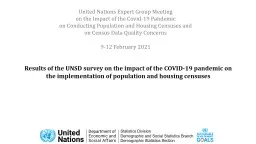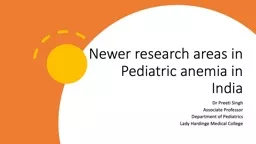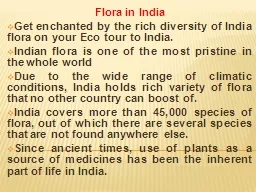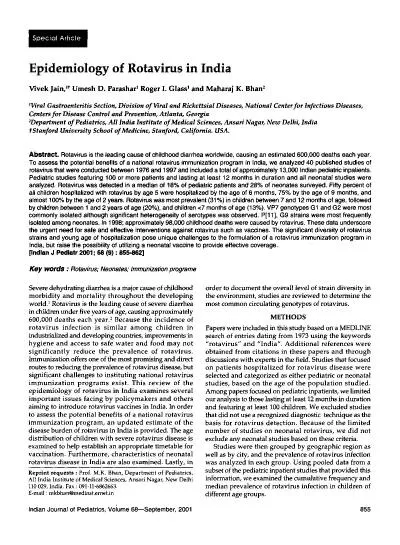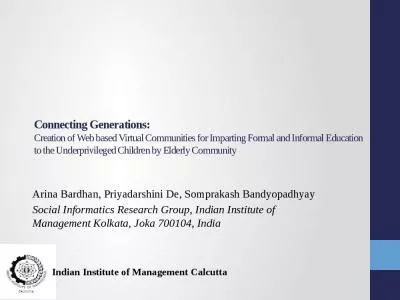PDF-Statistics of Underprivileged Children in India
Author : karlyn-bohler | Published Date : 2016-08-18
Even though Indias children account for more than one thir d of its population their interests have never been given priority And their rights have been violated
Presentation Embed Code
Download Presentation
Download Presentation The PPT/PDF document "Statistics of Underprivileged Children i..." is the property of its rightful owner. Permission is granted to download and print the materials on this website for personal, non-commercial use only, and to display it on your personal computer provided you do not modify the materials and that you retain all copyright notices contained in the materials. By downloading content from our website, you accept the terms of this agreement.
Statistics of Underprivileged Children in India: Transcript
Download Rules Of Document
"Statistics of Underprivileged Children in India"The content belongs to its owner. You may download and print it for personal use, without modification, and keep all copyright notices. By downloading, you agree to these terms.
Related Documents

